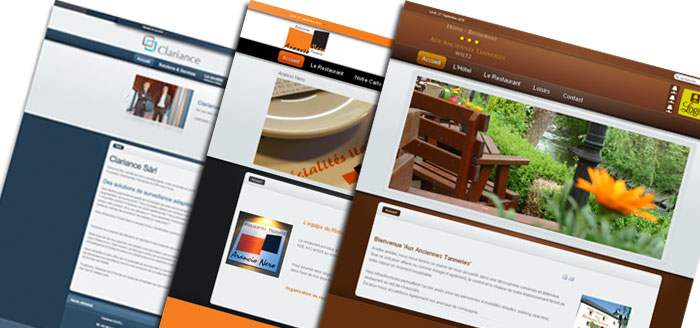
Slowly, but surely, the contours of the publishing industry’s digital future are coming into relief.
Giant magazine publisher Hearst has a struck a deal with Apple that will allow readers to subscribe to various Hearst magazine iPad applications. With the arrangement, whose terms were not disclosed, Hearst becomes the first major publisher to begin selling its iPad app titles through Apple’s new digital-subscription system.
Beginning with the July editions of Hearst titles such as Popular Mechanics, Esquire and O, The Oprah Magazine, readers will have the option of paying $1.99 a month or $19.99 a year for a subscription to the iPad applications. Users can subscribe from within a particular app on the iPad, and then be billed automatically by Apple, which keeps 30 percent of the revenue. Previously, readers had to purchase each month’s edition one at a time, which undermines the very concept of subscriptions on which the magazine industry has operated for decades.
The news was first reported by The Wall Street Journal. A spokesperson for Hearst declined to comment on the specifics of the deal or the negotiations but said the publisher is “pleased to be a partner with Apple on this.”
Apple announced App Store subscriptions in February, and since then the tech juggernaut has been in talks with the various major publishers, including Condé Nast, publisher of Wired and Wired.com, over various aspects of the new system.
Condé Nast declined to comment on the Hearst deal, or on possible talks with Apple. But that hasn’t stopped rumors from circulating.
One matter in particular has been a source of contention: the disposition of new-subscriber data, as readers who had not previously subscribed to the print versions of magazines subscribe to the iPad versions. In the print world publishers have always had access to this data, because there was no middleman (or at least a cooperating one).
Apple holds this information close, either because it considers it a valuable commodity or, as Daring Fireball’s John Gruber postulated, because it is the right thing to do by the customer.
But it’s clear that, at least for major publishers, the cut isn’t the problem, because the real money is in ads. The sticking point, Hearst notwithstanding, is access to data used for marketing and research purposes.
The U.S. Justice Department and the Federal Trade Commission are both examining whether Apple’s subscription system runs afoul of antitrust laws and regulations. The question, quite simply, is whether Apple is abusing its market position though its restrictive App Store policies.
Apple’s solution to the subscriber-data issue, announced in February, was to create an opt-in system whereby readers can choose to provide publishers with “their name, e-mail address and ZIP code when they subscribe.”
This is actually the second substantial digital-media deal that Hearst has announced this week. On Tuesday, the company announced a pact with AOL to use a new, bigger digital-ad format that AOL has developed, called the IAB Portrait (formerly known as Project Devil).
Former Condé Nast executive David Carey, the former publisher of Wired, took over as president of Hearst last June. In an interview with The New York Observer at the time, Carey called his new job “the plummest of all assignments for me.”
“Hearst operates entrepreneurially, and when you see what they’re doing in terms of innovating and taking risks — but they have scale and resources at the same time — that is a very exciting thought for me,” Carey said.
Authors:












